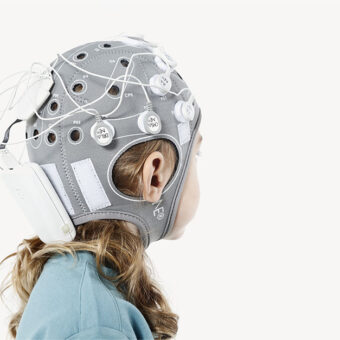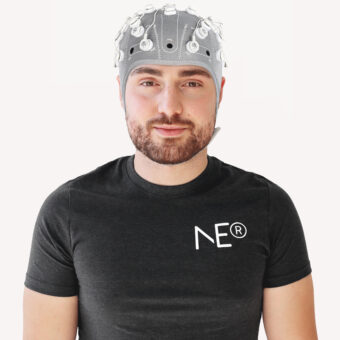Is it possible to recognize emotions with EEG? Well, short answer is yes, it is possible and it’s been done for years. However, to better understand what is done we should go over four questions: What, which, where and how.
The first question we should address is: What are emotions? There are many approaches for defining the concept of emotions. While for a physiologist emotions are reactions of the human body to stimuli for the environment for a psychologist, emotions correspond to cognitive processes or states of mind. Another typical classification of emotion theories differentiates between cognitive theories, non-cognitive theories and somatic theories. The first two are closely related to the physiological approach, whereas the third is related to the physiologist approach.
The second question to resolve to recognize emotions with EEG is: Which is the formalisation of emotions? Two main approaches are commonly used: the dimensional approach and the taxonomy approach. The taxonomy approach is also known in some cases as the evolutionary approach.
- The dimensional approach, derived from the cognitive theories, characterises the state of mind of a person in terms of dimensions. Common dimensions are the valence (positive or negative) of the emotion, motivation (approach or withdrawal), arousal (high or low intensity), and others.
- The taxonomy approach, derives from the non-cognitive theories, as well as from the somatic approaches. This approach considers emotions to be discrete and, therefore, characterisation of each emotion is independent with regards of the others. Moreover, these discrete emotions would be useful responses to specific environmental situations, as a result of the evolution. Thus, this is also called the evolutionary approach.
The third question to consider for EEG-based emotion recognition is: Where are the emotions generated or processed? Where, in the human body, should we go in order to find them? If we follow the non-cognitive lead, we’ll look into the limbic areas of the brain, as well as the peripheral nervous system. Then, we will use tools like heart rate monitors, galvanic skin response sensors, breath rate monitors, facial feature detectors, etc. But, if we follow the cognitive lead, we’ll look into the cortex areas of the brain. And here’s when EEG comes in handy.
Which drives us to the fourth question, answering our dilemma: How to recognize emotions using EEG? It is widely accepted that the left hemisphere presents higher activation on states of positive valence or approach motivation, whereas the right hemisphere presents higher activation on states of negative valence or avoidance motivation. Following this idea, there are works linking alpha activity asymmetry between the left and right frontal lobes of the brain to valence.
Other works suggest that a good indicator for the arousal state is the ratio between beta waves and alpha waves. Beta waves are considered to be present on states of high cognitive load, and alpha waves are considered to be present on states of low cognitive load.
If you want to have a try at quick emotion recognition using EEG, take the alpha asymmetry on the frontal lobe as a valence level indicator, and the beta-alpha ratio on the same area as an arousal indicator.
photo credit: Amy McTigue via photopin




